Sustainable packaging solutions are no longer simply about developing eco-friendly alternatives as a ploy for companies to boast about as part of their marketing strategy.
The technology, processing and manufacturing behind eco innovations means it has become a category in its own right and – given the cosmetics sector’s enormous reach across the sustainable packaging arena – beauty is fast becoming one of the front-runners in developing these new methods.
Etienne Gruyez, CEO and Head of Perfumery and Cosmetics at Stoelzle Masnières, France, tells Cosmetics Business that it is not enough for beauty brands to simply say they’ve ditched plastic.
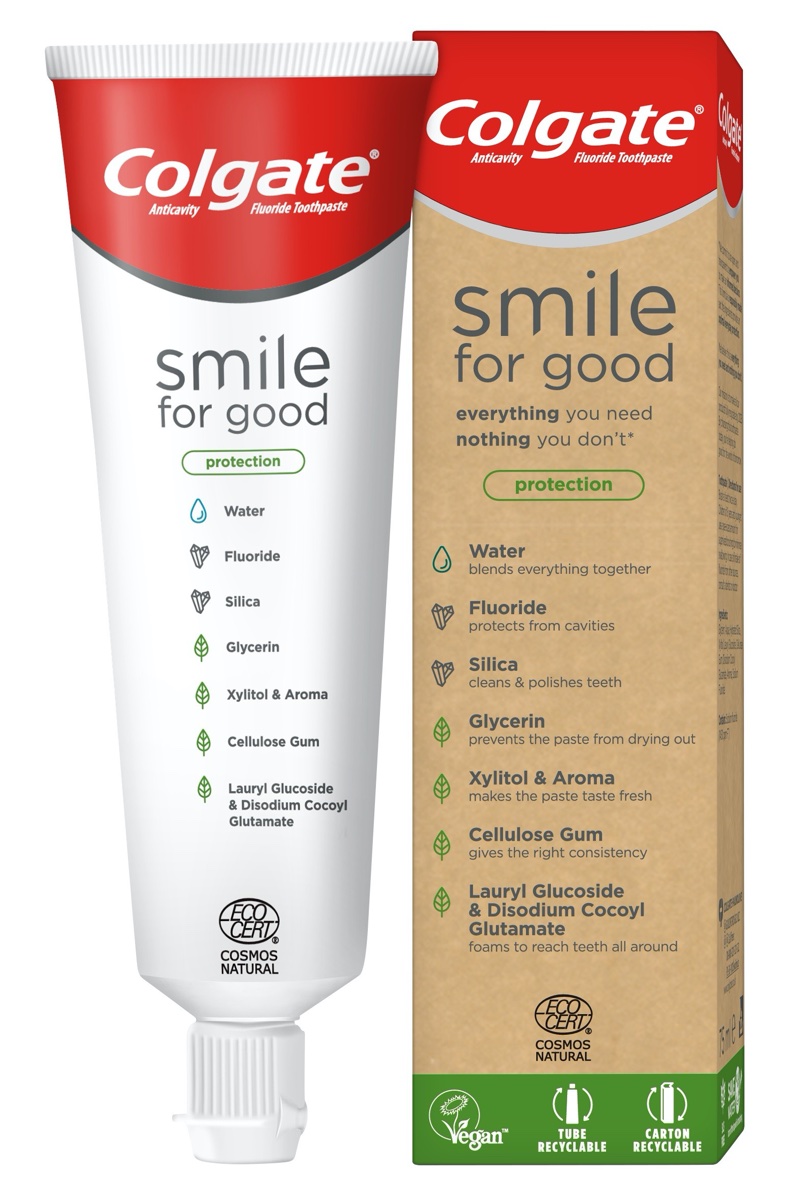
“Consumers want to know the supply chain process, where the products are sourced and if the manufacturing process is just as detrimental to the environment,” he says.
In 2020, the industry is witnessing an influx of alternatives to excite the sector. Colgate launched its first-ever recyclable tube; cosmetic applicators specialist Cosmogen is toying with the concept of glue-free make-up brushes; and Quadpack is poised to introduce its Nordic Collection jars, featuring compostable wood and biopolymers-based materials.
Meanwhile, researchers from Heriot-Watt University in Edinburgh, UK, have developed a new type of biodegradable packaging using polylactic acid and antioxidant rosemary extract, which is designed to protect and preserve the cosmetic products it hosts.
However, sustainability often comes with the stigma that it’s a compromise – that brands must be prepared to reduce the quality of their products as alternatives are unable to compete with their traditional counterparts.
So, as pressure mounts from consumers and governments, what are the alternatives for beauty brands?
Magic mushrooms
Mushrooms have been hailed in cosmetics for their anti-inflammatory and anti-ageing properties, and have been touted as the rising trend in 2020 for the ingredients sector, with the likes of Shiseido, Oskia and The Inkey List adopting them in their beauty lines. But the ‘magic’ mushroom is also making an impression on the packaging sector due to its biodegradability.
Processes for mushroom packaging have been developed using upcycled materials from non-food agricultural waste, which are ground, sorted and cleaned, before mycelium (the vegetative root structure of the mushroom) is added to the mix to act as a glue, which binds the waste together – and in a matter of days the mushroom packaging moulds are ready to use.
American biomaterials company Ecovative Design has been producing mushroom packaging for 13 years, and has adopted this method to develop Ecovative Design’s Mycelium + Hemp packaging.
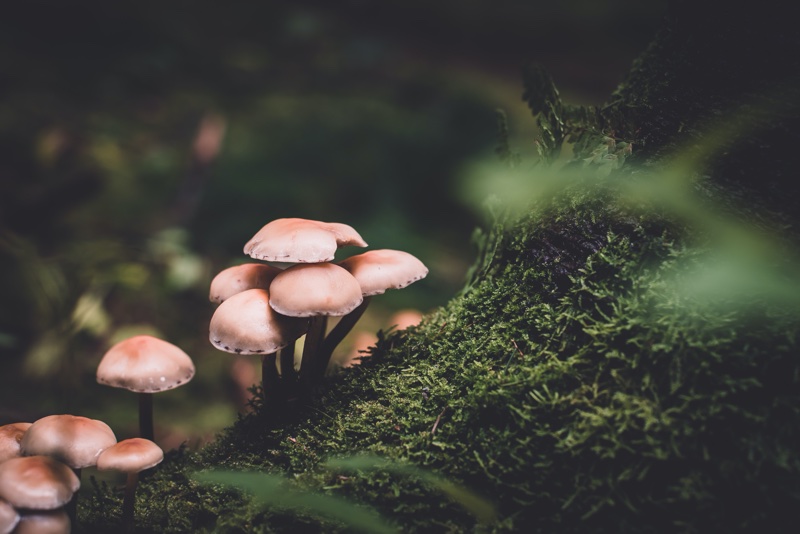
The company uses thermoforming to create PET plastic Growth Trays in desired shapes, which are designed to be reused and are recyclable. The Growth Trays are then filed with a mix of substrate (hemp), nutrition (flour) and mycelium, and are sealed to grow for six days. After four days, part of the structure is removed and allowed to overgrow for a further two days, before being dried to prevent any further growth.
Luxury skin care brand Wildsmith Skin has adopted a similar type of packaging for a line of gift sets, which once used can be added to home compost with the benefit of not damaging the soil.
Speaking to Cosmetics Business, New Product Development and Production Manager at Wildsmith Skin, Natalie Persson, says: “It is wonderful to have an alternative packaging solution that truly answers the prerequisite for biodegradable, compostable packaging.
“As the material is actually grown, there are of course certain irregularities and imperfections, as you would find in nature, but we like to think these quirks make it more interesting as each design is unique in its own way.”
While Persson admitted there was a “significant” upfront development cost, she said the like-for-like cost basis was comparable with traditional methods.
However, packaging giant Albéa is not struck on the eco-friendly credentials with using this type of biodegradable packaging, as brands need to be sure of the environmental conditions these products need to biodegrade.
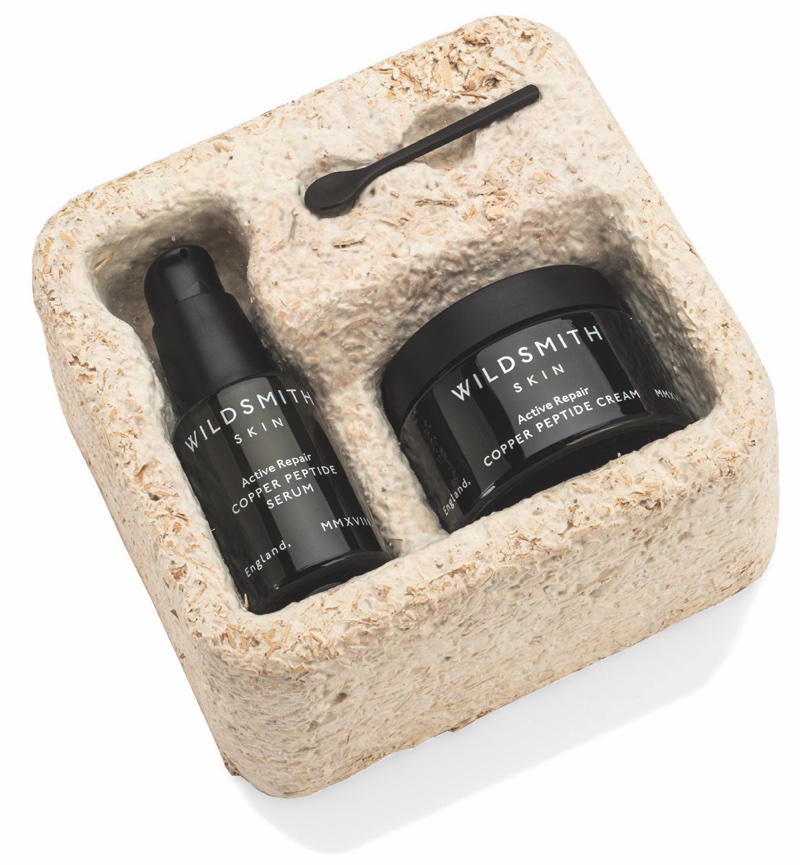
“In most cases there are conditions to biodegradation, such as temperature, humidity, actions of microorganisms,” said Albéa’s Sustainability Manager, Aude Charbonneaux.
“In real life, the conditions are not always met, so the biodegradability is not so perfect. Reality is more complex. The industry should also consider biodegradable solutions under the condition that it should bring an added value in the application, otherwise we’d do better to keep them in the economy by recycling them for new applications.”
This has influenced Albéa’s decision to only use packaging that is recyclable and reusable. The company has been instrumental in bringing Colgate’s recyclable Smile for Good toothpaste to market; these tubes are generally not accepted by recycling facilities due to their mix of materials.
The new packaging is made from high-density polyethylene, a thermoplastic polymer produced from the monomer ethylene, which is more cost-effective than creating ‘virgin’ plastic.
“We ensure that every package we invest, develop, source or manufacture is circular, which means recycled, reused or transformed into valuable products,” adds Charbonneaux.
Sustainability for the masses
While niche packaging innovations, such as Ecovative Design, have their benefits with individuality and biodegradability, the reality of using these methods in mass production is not conducive with the enormous output from beauty heavyweights.
This is why a number of companies have turned back time to more traditional methods of beauty packaging. Vetroplas, for example, recently launched a premium range of 90% clear recycled glass, offering prospective clients the choice of 15ml, 30ml, 50ml and 100ml bottles, and 50ml jars.
Glass is an adoptable choice for its sustainability credentials, as it can be recycled over and over again, making it the ideal choice to contribute to a circular economy. Though contaminated glass can be difficult to reuse, due to the low value of the material and the processing costs, a lot of glass can find itself aggregate where there is no environmental benefit.
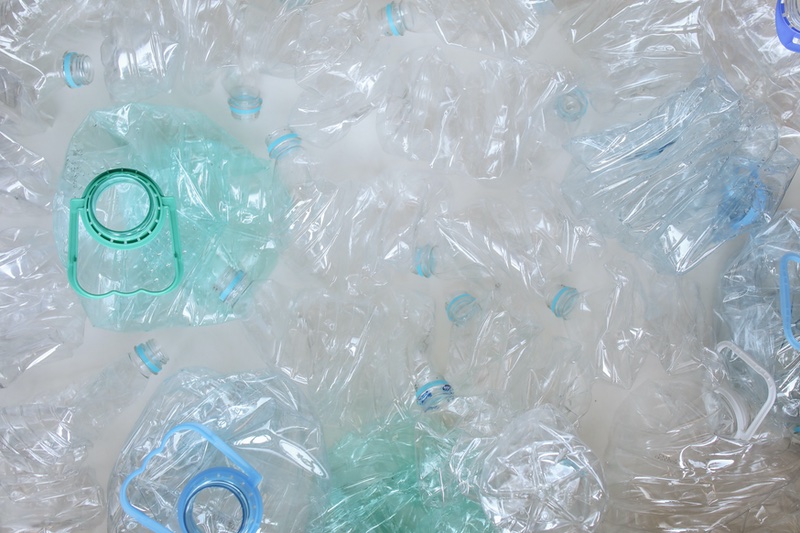
Meanwhile, the production processes of glass could have counter-effects on the environment, given that glass is created from sand, soda ash and limestone, which all need to be quarried –therefore, it could lead to a greater negative impact on landscapes.
Vetroplas has also developed specific packaging for the beauty sector’s needs that are traditionally not recyclable or reusable. These include plastic bottles and jars made from bio PE (sugarcane) and post-consumer recycled plastic. It is also preparing to launch a foam pump dispenser with a high percentage of recycled plastic.Meanwhile, switching up the witch hunt for plastic is Change plastic for good, which has created a new ingredient that attracts microbes in environments such as landfills or oceans and helps to break down plastic at a faster rate.
The Breakdown Plastic (BDP) ingredient is added during the traditional manufacturing process, as if it were a colourant, and works by colonising microbes on the plastic’s surface, which secrete microbes that render the plastic hydrophilic.
As a result, a biofilm forms on the surface of the plastic, microbes then hydrolyse the material – and, as the individual polymer chains are broken down into single monomers, the microbes consume the polymer matrix.
While Albéa’s biodegradability concerns ring true in this case, the time rate will also depend on the type of plastic and product configuration. However, during the testing, most CO2 and other materials formed during the early stages of biodegradation were consumed, and only methane is left.
No compromise
Despite this innovation, sustainability is often tarnished with a compromise on premium quality. But conversely, excessive packaging and a luxury feel can put consumers off, forcing them to opt for a more ‘sustainable’ brand.
UK-based manufacturer Cole Fabrics has developed technology that uses materials from recycled polyester to compostable Tencel yarn. This, according to the company, allows beauty brands to reduce their impact on the environment while maintaining a luxury feel and stand-out packaging in a saturated market.
“These products have allowed our customers to greatly reduce the impact their packaging has on the environment, while maintaining the luxury feel of the products,” Cole Fabrics’ Sustainability Developer Daniel Clifford tells Cosmetics Business.
“We use yarn made from recycled materials, sustainably sourced wood and organic cotton, meaning our products have a low impact compared to virgin or conventionally produced yarn.”
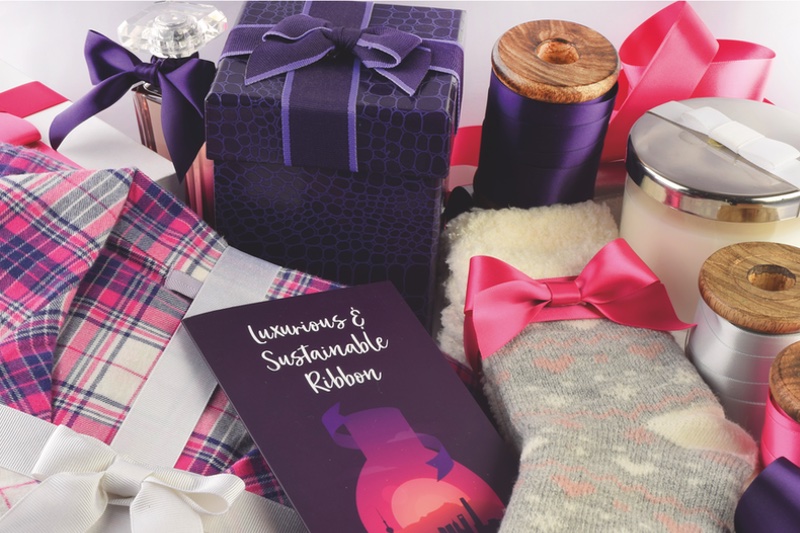
The Tencel yarn is produced from FSC-sourced wood pulp and manufactured by fibre producer Lenzing, in what is designed to be an almost closed loop system, where 99% of the non-toxic solvent is captured and reused.
Clifford continues: “From the outset of this process we wanted to move away from the idea that low impact materials are in some way a compromise. When we thought of what images people would think of in relation to recycled or low impact materials, images of recycled paper, which is slightly grey and speckled, or dull washed out colours came to mind.
“We felt environmentally friendly had become synonymous with a compromise on quality, but that did not match the reality of what we are manufacturing. For instance, our Tencel ribbon is soft to the touch and has a great feel, yet is woven from a compostable yarn. We firmly believe that low impact goods can still be luxurious without compromising on quality.”
As part of its upcycling process, the company reuses GRS-certified bottles in order to create its Mechanically Recycled Polyester, giving new life to waste material. Meanwhile, its Chemically Recycled Polyester is produced from polyester cut-offs from garment cutting room floors and waste polyester clothing.
However, Clifford admitted the UK does not yet have the infrastructure to allow this type of polyester to be recycled.
Such materials, Cole Fabrics knows, are not in all companies’ briefs, and so it has endeavoured to create a portfolio of paper ribbons, bags and pouches manufactured from FSC-sourced pulp, as well as a collection of PLA bio-based yarn, developed using high starch content crops, which are fermented in lactic acid and polymerised into yarn.Finding the right solution

Images of plastic pollution in the media have been hard-hitting – and the shock factor has caused consumers to steer away from these materials.
While it is clear there is innovation out there concerning plastics, finding sustainable and eco-friendly alternatives is a double-edged sword.
Using glass over plastic might reduce the amount of waste in oceans, but the overproduction of glass could lead to a shortage of raw materials and damage to landscapes that need to be quarried.
Meanwhile, upfront costs for niche methods could hinder smaller brands tapping into the trend, and productivity will not always allow larger companies to mass-produce alternatives.
But regardless of the Devil’s advocate arguments, innovation is bringing better choice and – most importantly – reducing pollution.
As the UK government prepares to launch its packaging tax in 2022, to penalise brands that produce and import plastic packaging that has less than 30% recycled content, beauty brands need to get their houses in order. There is a plethora of choice out there, but companies need to assess their options and find the alternative that works for them.





